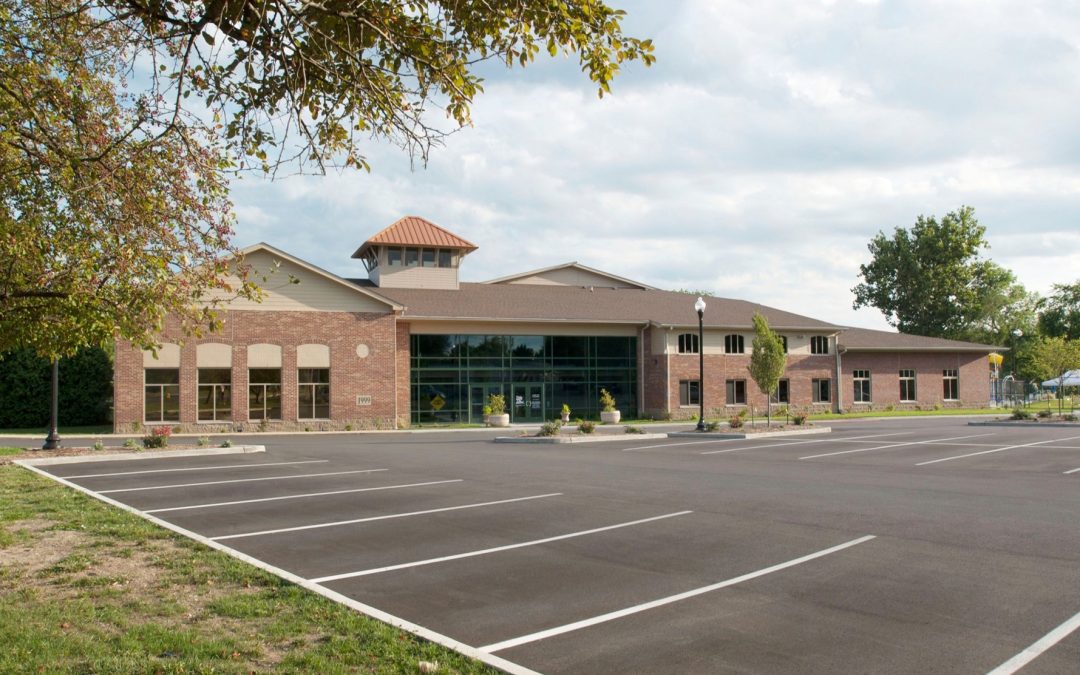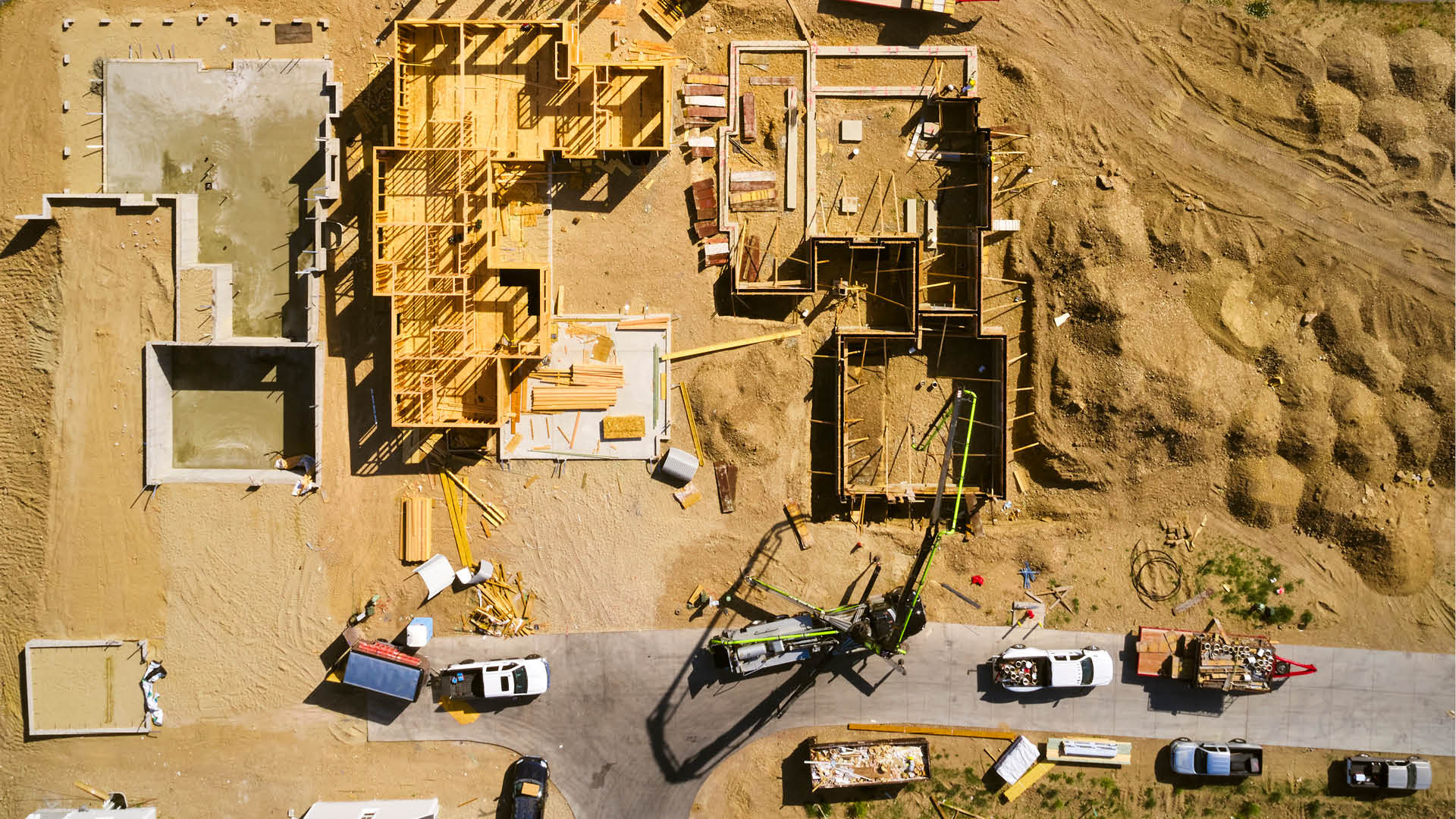Is your company considering a large facility remodel or new build? There are many choices on how to go about securing the help you need for such a project. Project delivery decisions revolve around the design process, the build process, and how services are delivered.
One of the first choices to consider is your project delivery method. There are several options, each defining different types of relationships between the owner, the designer, and the contractor. In reality, no option is better than another on its own, but some options probably suit the needs of your project better than others.
Project Delivery Options
First, most commonly thought of, is that you hire someone to design the building and subsequently hire a general contractor to construct the building according to the design plan. Therefore, the owner takes responsibility for hiring two separate contractors. This may seem the simplest of all decisions. However, the owner coordinates everything between two major contractors on a project and the owner pays each contractor separately.
Second, another path is including the construction group in the design and planning stages of the project. Two main types of project delivery are the Design/Bid/Build method and the Design/Build method. There are many options to these two approaches, but for our purpose here, the comparison is general.
Design/Bid/Build (DBB)
The Design/Bid/Build method is a more traditional approach to project management and is a linear path. The owner of the project hires and works with a designer in creating a plan for the project. Completed plans are fully laid out, and then the owner accepts bids from general contractors to come and do the building.
There are several advantages to this approach. The owner maintains control through both the design and construction phases of the project. With this approach, design changes are easily made as the design is completed before any building is done. Opening up the design for construction bids allows for competition and helps ensure a good price. The cost of building is fixed based on the awarded construction bid.
There are also some things to consider in the Design/Bid/Build method. This approach requires the owner to have significant expertise and resources. There is shared responsibility for the project. The designer and the contractors are both bound to you, but not to one another, so expect communication challenges. The contractor does not have any input in the design. A contractor might otherwise add advice in ways to save cost, improve efficiency, or other design related issues. The owner is at risk to the contractor for any design errors. Planning in this method is potentially challenging. The owner does not know the building cost until after the bid is awarded. In addition, this approach is typically sequential: the design is completely done before building is begun, which can lengthen the entire timeline of the project.
The Role of a General Contractor
A general contractor is the party or company responsible for overseeing a construction project. In this arrangement, the general contractor is supplied the plans and accomplishes the build according to the given design plan.
The owner hires the general contractor directly and then the general contractor hires the appropriate personnel to do the actual construction work. There are three (or more) layers to this construction arrangement: owner, general contractor, subcontractors. The general contractor manages all the everyday operations and details and keeps the owner informed of progress or problems.
The general contractor in this situation is not involved in the design decisions made in the beginning of the process. Just as in any arrangement between entities responsible for different parts of a project, there are potential obstacles.
First, the general contractor does not have intimate knowledge in the design, layout, and overall plan. They have limited understanding of design rationale or the choice of specific materials, or techniques (like steel structural beams or tilt-up construction). Second, questions arise about sourcing, ordering, and using materials to be ordered. This potentially affects costs as general contractors, like SCS Construction, have experience and knowledge of where to get the best products at the best price. Third, the communication between the design group and the construction group must be open and on-going for this arrangement to be successful.
The second path to take is including the construction group in the design and planning stages of the project. Two main types of project delivery are the Design/Bid/Build method and the Design/Build method. These two approaches have many options within them, but for our purpose here, we compare the two methods in general.
Design/Build (DB)
The Design/Build method to project delivery is a newer approach to project management. In this case, the owner will hire one agency to design and build the project from beginning to end. The agency hired could be a design firm or a construction firm. Of course, parts of the project will be sub-contracted, but the agency hired for the Design/Build method takes all responsibility for them.
Perhaps the biggest advantage to the Design/Build method is that it is a more streamlined approach. The owner deals with only one agency for the entire project. In addition, the construction can begin early on, before the design is complete, in order to save time in the long run. The cost entirety is known up front. The owner makes a contract with the agency to design and build the project for a set amount of money, so there is an emphasis on cost control from the outset. It is up to the contacted agency to be sure that the design is understood and implemented correctly by the construction team, and the owner does not have a risk. The owner needs less expertise and less resources to get the project completed.
As with anything, the Design/Build method has some things to consider. The owner has minimal control of the design and the quality of construction. The owner must put this full trust in the agency contracted to do the Design/Build. This means that there will need to be a comprehensive and carefully prepared performance specification. Design changes are also more difficult and costly in this method. Construction begins earlier, so design changes need be done earlier or could require costly changes to what is already built.
There is a lot to consider
As you can see, a remodel or new build project has a lot of pieces to consider. At SCS Construction, we help you put those pieces together! We take on one of several roles: Design/Bid/ Build, Construction Management, Cost of Work Plus a Fee/ Guaranteed Maximum Price, or Design/Build. We are happy to help you plan your next project! 317-272-0129
Are you on Facebook? We are, too. Let’s be friends!






Recent Comments